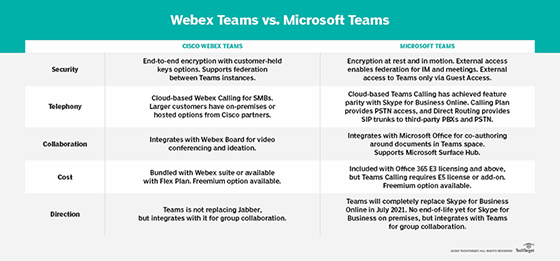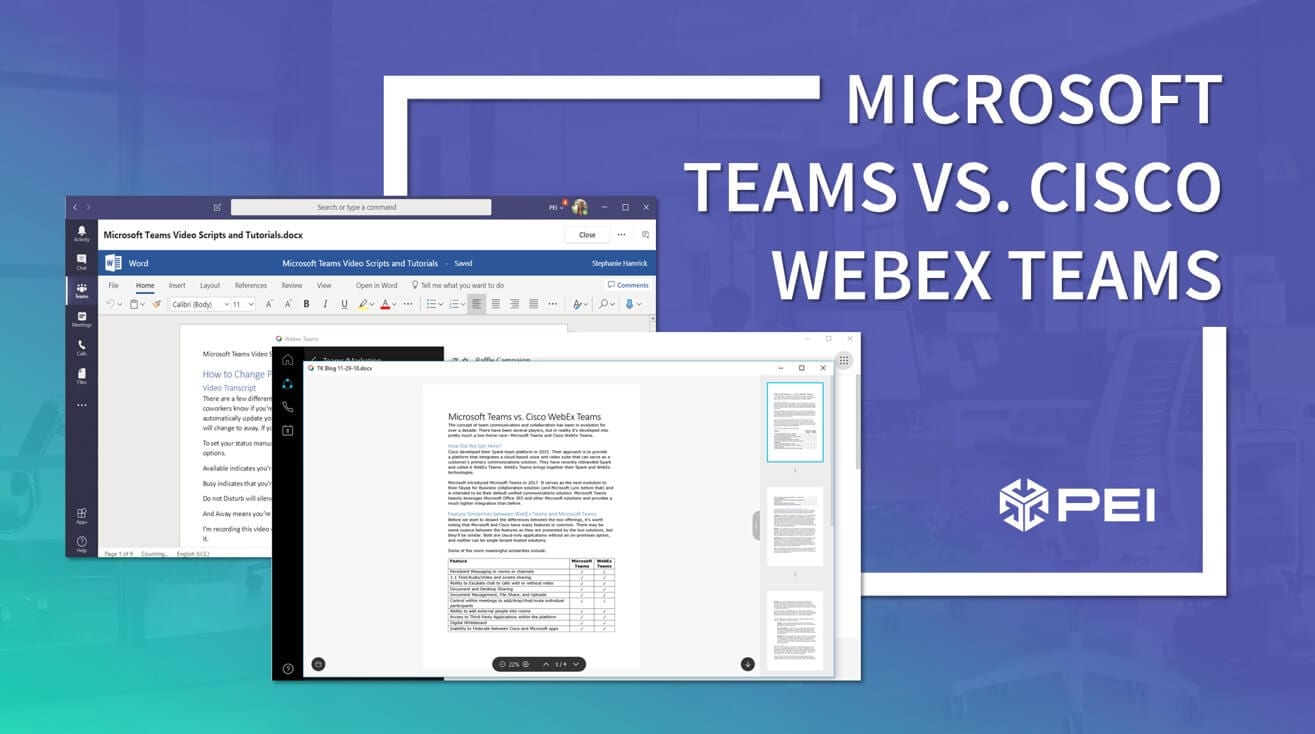This week at Cisco’s Collaboration Summit in Phoenix, we made a series of significant announcements regarding the convergence of the Cisco Webex and Spark platforms. This included a new Webex Meetings application, a new Webex Teams application (formerly known as Cisco Spark), the new Webex Assistant, and the Webex Share hardware device.
Watch a quick overview of our announcements and customer reactions to the new stuff.
Step 2: Enable your Cisco Webex Devices. Once you have enabled WebRTC in the Control Hub, you will need to enable each Cisco Webex Device, whether it is a Webex board, room device, or Desk Pro. In order to do this, you need to enable the web engine on each device through the Control Hub. Sign in to Webex Teams for group chat, video calling, and sharing documents with your team. It's all backed by Cisco security and reliability.
Both free or licensed Webex accounts are supported. However, if you have a Webex license you can also use these capabilities with the integration: Single Sign-On. Out of Office status. Group video calling in spaces of up to 25 people. Access to the Cisco Webex Control Hub for user provisioning, admin, management, and analytics. Recently, Cisco Webex expanded its free offerings to allow employees to stay connected to their teams and continue their business operations. In response to customers asking us for guidance, today, Cisco is broadening this offer to include security for remote employees by providing extended free licenses and expanded usage counts at no extra.
Cisco Webex Team
The convergence of the Webex and Spark platforms is far more than just a rebrand. Significant technical work has gone into combining these platforms, and I wanted to highlight several of the key customer benefits that come as a result.
Cisco Webex Teams Licensing Guide
Spark Meetings are dead. Long live Webex meetings.
Prior to this convergence, we had Cisco Spark with its own type of meeting – the Spark meeting, but we still had Webex with its own Webex meetings. Users could join Cisco Spark meetings only from the Cisco Spark app, and Webex meetings from the Webex app. Users could join Webex meetings from Cisco Spark if they were clever, but they did not get any of the critical meetings features. With this convergence – it’s all simplified. Everything is a Webex meeting, with a common set of features – roster, meeting controls, PSTN connectivity, and so on. All Webex meetings are joinable from either the Webex Meetings application or the Webex Teams application. Webex Teams supports a new type of meeting, called a Webex team meeting, which takes advantage of the participants in a space to provide a highly secure easy to use new type of Webex meeting – the team meeting.
The Webex backbone network now powers all meetings.
Prior to this convergence work, both Webex and Cisco Spark had meetings capabilities, but they were quite disparate. Even in the back end, Webex meetings were supported by servers sitting in the Webex data centers, and interconnected with the powerful Webex backbone IP network. This IP network provides global transport between customer ISPs and our meeting servers, optimizing for video quality. Cisco Spark meetings were powered by servers in public clouds, and weren’t making use of the Webex backbone.
Now, with this convergence, the Webex backbone is used for all meetings, regardless of whether they are joined from the Webex Meetings app or the Webex Teams app. We have meeting servers in both public clouds and in our own data centers. The Webex backbone interconnects with both of them. This means that customers get the best quality, lowest latency experience possible. This is particularly important for video, since the Webex backbone was purpose built for video meetings.
Control Hub gains powerful features for Webex analytics and troubleshooting.
Prior to this convergence, the Cisco Spark management tool – Control Hub – provided some basic analytics for Cisco Spark. Webex customers used a different tool – the site admin – and had a good set of analytics capabilities there. With this platform convergence, the Control Hub now supports customers using both Webex Meetings and Webex Teams, and its analytics functions for Webex Meetings have taken a significant jump forward.
Hybrid Media Services is now called Video Mesh – and works for all Webex meetings.
Prior to this convergence work, Cisco Spark had an amazing capability called hybrid media service. This service allowed a customer to deploy servers on premise which could be used for the audio, video and content share streams for Cisco Spark meetings. But, they worked only for Cisco Spark meetings. With this convergence, these hybrid media nodes can now be used for any Webex meeting type – regular Webex meetings, PMR meetings, and Team meetings.
Users joining those meetings from SIP endpoints, our cloud connected video endpoints, or the Webex Teams app, will connect to these media nodes when joining any of those meetings. With this convergence, we’re also renaming hybrid media services to video mesh, in recognition of the truly disruptive and now broad applicability of this capability.
The industry’s first secure multi-company Collaboration solution.

Specific to Webex Teams, the backend convergence has enabled us to deliver this industry first. It is increasingly common to work outside the boundaries of your company, and our competitors solve for this by allowing guest accounts to be created on their team collaboration instance in the cloud. End users need to ask for administrator intervention to create guest accounts, they need to maintain multiple accounts, and they need to log in and out of the app when they want to collaborate outside of their company. This is a huge pain, but it also creates a huge security risk. Guest accounts enable users to share information outside of their company in a way that cannot be tracked by compliance tools. This means that an employee can accidentally – or purposefully – share confidential information outside the company, and the company won’t be aware of it, and won’t be able to take steps to remove the leak.

We have solved this problem with Webex Teams. All Webex Teams users reside in a single, shared cloud instance – each with just a single account. There are no guest accounts. B2B collaboration is built in so users can work with everyone, both inside and outside of the company, from the same application, without asking their IT guy for help. In addition, this means that each company can make sure that their employees don’t share confidential information outside of the company, and if they do, it can be detected and remediated. Webex is the industry’s first Team Collaboration solution to deliver secure multicompany collaboration.
As you can see, the convergence of Cisco Spark and Webex is not just skin deep – it goes to the platform level and brings an amazing set of benefits to our customers.
